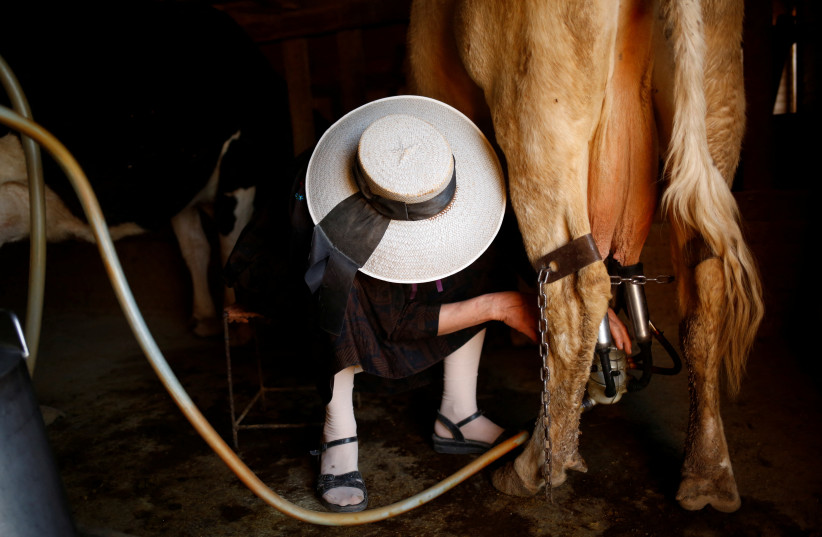Ancient humans in Europe, the Middle East and Africa were drinking milk from domesticated animals long before they could easily digest it, a team of international researchers discovered this week.
The peer-reviewed study, published in the scientific journal Nature on Wednesday, analyzed archaeological remains, mostly animal fat residues gathered from tens of thousands of pottery fragments collected in 554 archaeological sites across Europe.
Analysis of the remains found that the consumption of animal milk became widespread in Europe at around 7,000 BCE, during the Neolithic period. This is despite that lactase persistence genes only being first detected at 4,700-4,800 BCE, thousands of years later.
What is the lactase persistence gene?
Lactase persistence refers to the continued function of the lactase enzyme, responsible for the digestion of lactose in mammal infants, during adulthood.
The enzyme is dominant early on in human infants and is significantly reduced as infants are gradually weaned off breastfeeding and begin digesting a more adult diet. However, in most human populations across the globe, lactase persistence has evolved to allow for lactose tolerance in human adults.
The gene which allows for lactose tolerance was not common in selected human remains until around 1,000 BC, nearly 4,000 years after its first detection and 6,000 years after milk consumption became prevalent in Europe.
Drinking milk unrelated to lactose intolerance
The study's results raised questions on whether the consumption of milk during adulthood was a significant driver for lactase persistence, as the genetic and archaeological data examined lack a direct link between consumption and tolerance of lactose.
As per the study's results, the research team proposed that those in prehistoric Eurasia who consumed dairy products while being lactose intolerant encouraged natural selection of the lactase persistence gene in humans during the analyzed timeframe.
However, they admit, population fluctuations, settlement density and wild animal exploitation all "provide better explanations" for lactase persistence selection than milk use during that time.

